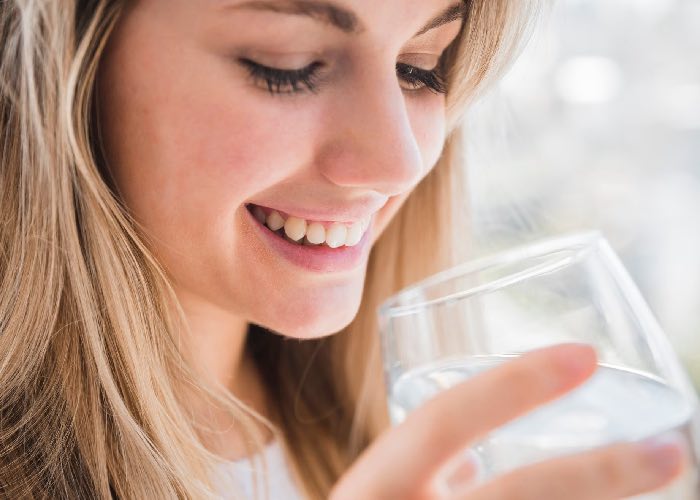9 Wrong Ways to Drink Water That Will Affect Your Health.
When it comes to achieving optimal health, staying hydrated is an important aspect that is often overlooked, especially as we age. As a board-certified family physician with nearly 30 years of experience, I have seen firsthand how small changes, like staying hydrated, can make a huge impact on your energy, focus, and overall well-being.
But being healthy isn’t just about drinking more water. It’s also about finding the right balance of fluids and nutrients to support your body’s changing needs. Let’s explore why drinking water is so important as we age, common mistakes to watch out for, and simple, effective ways to maintain good health.

9 Wrong Ways to Drink Water
1. Wait until you are thirsty and then drink.
Why it’s dangerous: As we age, our thirst mechanisms become less sensitive, meaning older adults may not feel thirsty until they’re already dehydrated, which can lead to complications like dizziness, fatigue, or even falls.
Easy solution: Create a water drinking routine by drinking water throughout the day.
2. Drinking too much water without adding electrolytes
Why it’s dangerous: Drinking too much water can dilute electrolytes, causing symptoms like muscle cramps, nausea, confusion, and in severe cases,ทางเข้า UFABET สำหรับสมาชิกใหม่ สมัครวันนี้ รับโบนัสฟรี, seizures and death.
Easy fix: Drink electrolyte-rich beverages, such as coconut water or low-sugar hydration drinks. Balance your water intake with sodium, potassium, and magnesium. Although beverages like coconut water are a good choice,
3. Overreliance on caffeinated beverages
Why it’s dangerous: Caffeine is a diuretic, which can make dehydration worse.
The easy fix: Limit your caffeine intake to 1-2 cups per day, and drink the same amount of water afterward.
4. Neglecting to drink water in the morning
Why it’s dangerous: Overnight, your body becomes dehydrated, leaving you feeling groggy and lethargic in the morning.
Easy fix: Start your day with a glass of water before drinking coffee or eating breakfast.
5. Neglecting to adjust water intake according to activity level
Why it’s dangerous: More physical activity increases fluid loss through sweat, but many older adults don’t drink more water when they exercise.
Easy fix: Drink 8-16 ounces (240-480 ml) of water every 30 minutes of exercise.
6. Avoid drinking water at night to prevent frequent trips to the bathroom.
Why it’s dangerous: Doing so can lead to dehydration during the night, causing poor sleep or morning headaches.
Simple fix: Drink enough water throughout the day, and sip water in the evening instead of drinking a full glass.
7. Drinking only plain water
Why it’s dangerous: Plain water may not provide enough minerals to maintain proper electrolyte balance.
An easy fix: Alternate plain water with drinks that contain natural electrolytes, such as herbal teas or fruit and herb infusions.
8. Ignoring the signs of dehydration
Why it’s dangerous: Symptoms like dry skin, dark urine, or muscle cramps are often overlooked.
Easy fix: Check the color of your urine for signs of dehydration (light yellow is ideal) and apply an external moisturizer.
9. Neglecting to drink water during the trip
Why it’s dangerous: Long plane or car trips can cause dehydration. Airplanes maintain very low humidity levels, which increases fluid loss, leading to jet lag and fatigue. A more serious problem is that it thickens your blood, which increases the risk of blood clots.
Easy solution: Carry a refillable water bottle and drink water regularly, especially during flights.